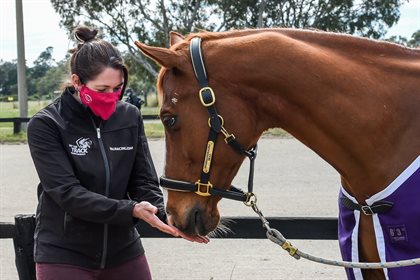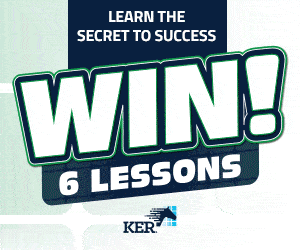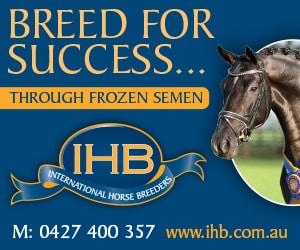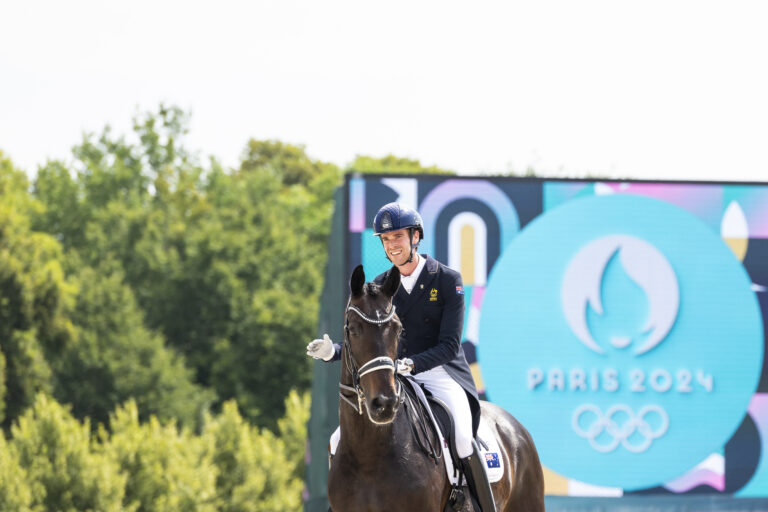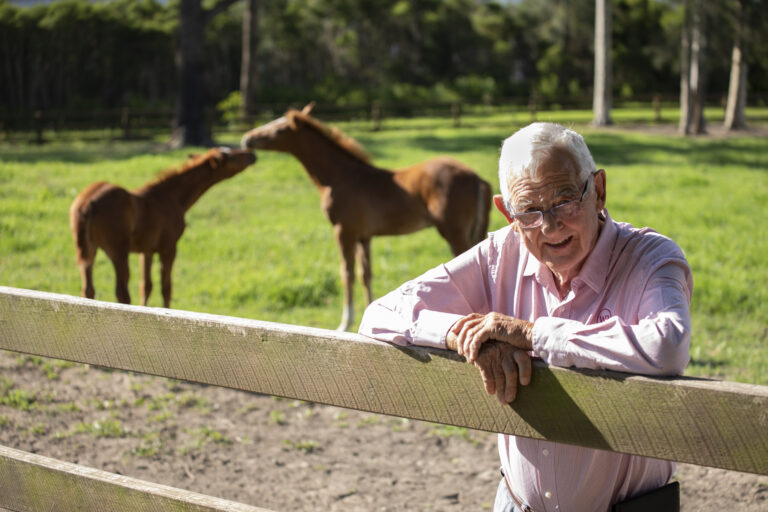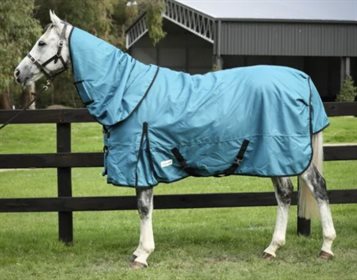Helping horses, changing lives
By Equestrian Life
Although there are always exceptions to the rule, ex-racehorses have often been considered as performance horses best left to the experts. However, with Racing Victoria’s (RV) ever-expanding network of Acknowledged Retrainers ensuring that more are receiving correct support post-racing, second-career pathways for off the track horses are now becoming more varied. While many still find their way into performance homes, there are other options available.
Just recently, RV and Riding for the Disabled Association of Victoria (RDAV) announced a formal partnership — and the benefits are set to be twofold.
Made possible by the Victorian racing industry’s $25 million commitment to accelerating and expanding its three-year equine welfare action plan, RV are pledging $50,000 to RDAV. This will enable RDAV to increase their number of trained volunteers, accredited coaches and riding and safety equipment — thereby allowing the organisation to expand its popular riding programs and to accommodate additional horses at its 34 centres across Victoria. The result? More people with a disability will be able to enjoy safe, healthy, stimulating, therapeutic horse-related activities. However, this is not the only benefit.
In addition to providing funding destined to help those involved in the program, RV is also funding the commencement of a pilot program for five off the track horses to enter tailored retraining. The goal will be to have them rehomed with RDAV, thereby creating yet another pathway for off the track horses — just as RV’s RESET program has for horses that have struggled to transition into a second career post-racing.
RDAV President and Interim Executive Officer, Andrea Lucas, is excited about the launch of this program, which has been almost a year in the making. “RV and RDAV really want it to work; we believe in the program,” she says. “The generosity of donors and sponsors like Racing Victoria allows our dedicated team of volunteers to continue providing our programs to 1100 riders with a disability each year… And it’s also great that we can create a new non-competition pathway for Victorian horses leaving the racing industry.”
As Andrea explains, RDAV runs quite a unique program and will therefore be looking for quite special horses. “We take people from ages three years to 85 years, with a range of disabilities; intellectual, psychological, physical. Because of the unique programs that we run, we need very special horses; they need to be bombproof.”
‘Bombproof’ is not always a word associated with off the track thoroughbreds, however RV and RDAV are confident that with the right selection process and retraining, they will find horses that are suitable. As we know, not every ex-racehorse is hot; there are many that have laid back temperaments.
Look at the current HRCAV OTT Horse of the Year, ‘He’s A Man’ aka George, a thoroughbred that has taken his rider from complete beginner to winning highly competitive adult riding club events over the past five years.
In fact, there are a handful of off the track horses already active at RDAV centres around the state. “At the moment, some are used for our riders that are more independent, and seeking to train for Paralympic or Special Olympics selection,” says Andrea.
RV General Manager of Equine Welfare, Jennifer Hughes, also believes that carefully selected horses will make a wonderful contribution to the RDAV program.
“Thoroughbreds have a smart, gentle and intuitive nature and this is the perfect opportunity to support more people to experience the hugely positive effects of having them in their lives,” she says.
Jennifer Hughes meets an off the track thoroughbred at RDAV Oaklands.
© Racing Victoria
So how will RV and RDAV go about selecting suitable horses for the pilot program?
“We will have input into the initial selection, alongside RV,” explains Andrea. “The word has been put out to retrainers involved in the RESET program to keep an eye out and we’ve provided a list of specific criteria.”
Andrea explains that their list contains a range of specifications, covering everything from temperament and physical health, to movement and even height. “As an example, we generally don’t get horses that are too much taller than 15.2 hands, the reason being we often need to have walkers with riders. If the horse is too tall, the side walker can’t assist the rider. That being said, some horses over that height are used for our independent riders.
“The retrainers and the RV equine welfare team will keep their eyes peeled for suitable horses that are entering the RESET program, and if they think they’ve got something they’ll give us a call, and our coaches will get down there and work with the trainer to decide if it’s suitable. The retraining process will start once the criteria has been satisfied,” says Andrea.
At least three months of retraining from an Acknowledged Retrainer will follow, and there will also be RDAV-specific parts to that training. Andrea explains that their committee has put together a syllabus designed to help ‘train the retrainers’ in terms of what they’re hoping to achieve with the horses as part of the program.
Of course, good things take time and an off the track horse won’t become an RDAV-ready horse overnight. “We anticipate that it will take about four to five months for a horse to join us. And even when they do, there’ll be a period of transition at the centre, transitioning from just a training environment to real life and what that means,” explains Andrea.
Beyond the initial pilot program, it’s hoped that the partnership between RV and RDAV can continue long term. “It’s envisaged that following the successful roll out of the pilot program more horses will be retrained to support RDAV on a long term basis, to ensure they don’t have a shortage of horses, and can meet the demand for their programs,” explains Jennifer.
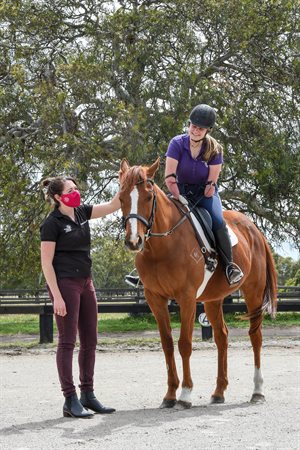
RV’s Jennifer Hughes with RDAV Ambassador Abigail Vidler.
© Racing Victoria
Horses rehomed with RDAV are not just given a second career — they are also helping to change lives themselves.
“The RDAV program is amazing for the riders, and for some it can really change their lives,” says Andrea. “That’s something that excites me about this new initiative; here we have the opportunity to change the lives of these horses and the kids or adults that attend our program. Both are getting something out of it.”
Andrea explains that a home with RDAV is a home for life. “Our horses tend to stay with us until retirement, because we’re not a high performance environment and therefore many of them continue gentle work to quite an old age. A lot of our horses have spent many years with us.”
As Jennifer explains, a loving, long term home is exactly what RV are hoping to find for every horse at the conclusion of their racing career. “Our aim is to find every retired racehorse their perfect home. That might not come easily for some, so it’s important that we invest in these relationships to expand the opportunities afforded to every racehorse.”
This article was written in conjunction with Racing Victoria.
READ THE LATEST NEWS ARTICLES HERE

